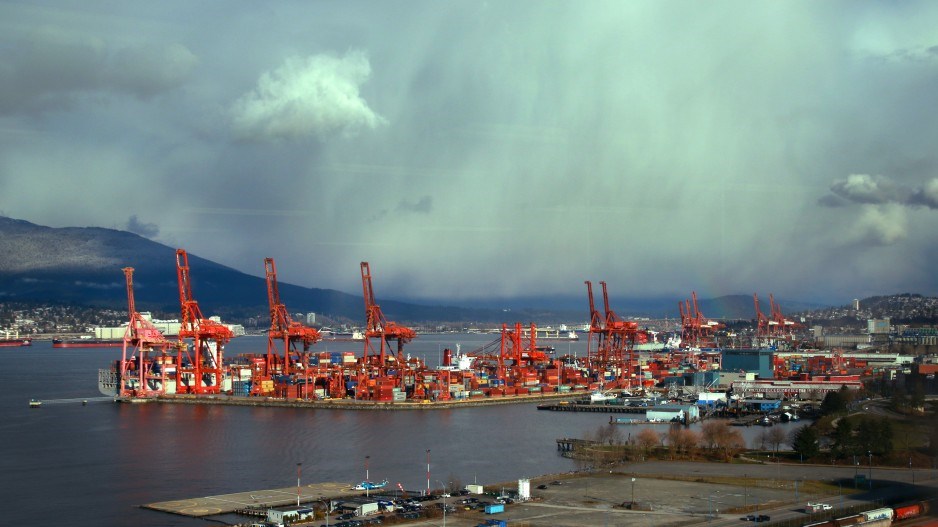Cargo movement percentages are still increasing at the Port of Vancouver despite uncertainties in the shipping industry.
The Vancouver Fraser Port Authority released its 2018 mid-year statistics for goods moving through Port of Vancouver which showed overall cargo movement is up 4.4% to 72.1 million tonnes over the same time last year, reaching record mid-year volumes.
Additionally, container volumes, which are measured in 20-foot equivalent units (TEUs), increased by 5% compared with mid-year 2017 to 1.64 million TEUs, another mid-year record. The increase is being driven by growing demand for Canadian resources and products and an increase in Canadian demand for consumer and manufacturing goods from Asia.
Other sectors beyond container trade showed balanced growth across the board with increases in potash (23%), automobiles (8%), coal (9%), forestry (4%) and petroleum products (40%).
Declines were seen in grain (-10%) and chemicals and minerals (-5%).
The continued growth indicates the confidence of port users and the continued optimism of terminal operators who are investing in operational growth.
However, Canadian West Coast container ports will be full by mid-2020, according to recent forecasts. The port authority is seeking to expand and create new capacity in order to handle overload.
“The long-term outlook for Canadian trade is one of growth, and all those who make up the Port of Vancouver are working hard to ensure we will be ready to handle the increased volumes through Canada’s West Coast,” Robin Silvester, CEO of the Vancouver Fraser Port Authority, said in a press release.
“The Port of Vancouver’s ability to accommodate the most diversified range of cargo of any port in North America continues to be one of our greatest strengths and is a key factor that will enable us to continue to grow to meet Canada’s future trade objectives.”




